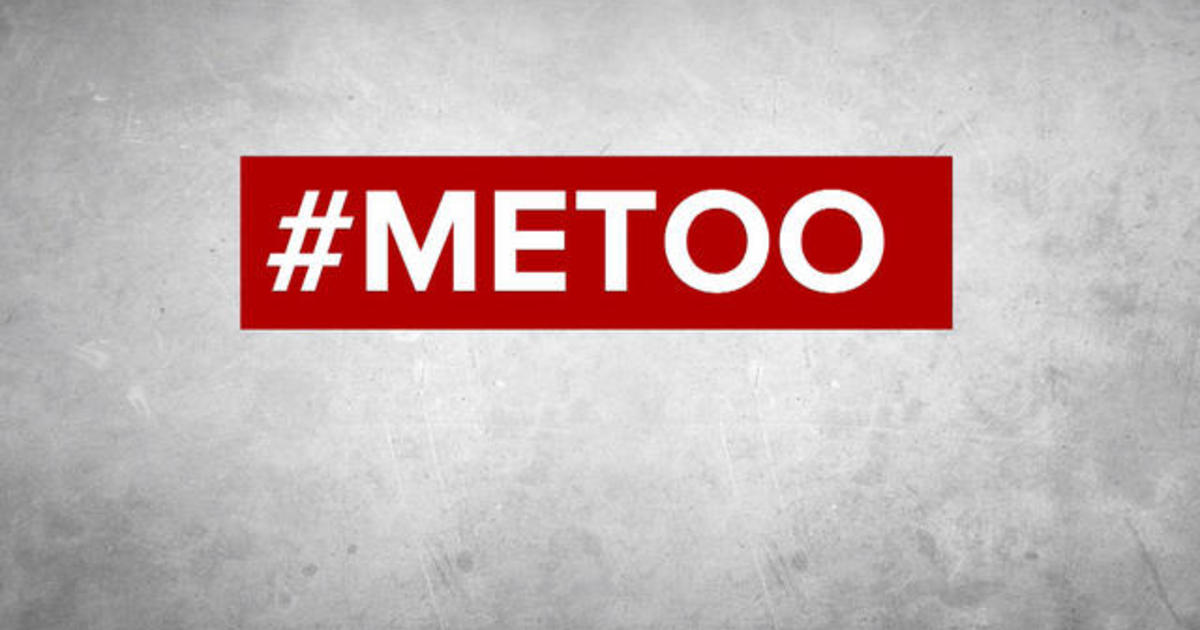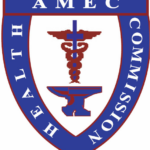#MeToo in God’s House: Reflecting on Sexual Harassment and Assault in the AME Church
By Mr. John Thomas, III, Editor
On October 5, 2017, the New York Times published reports that detailed two decades of alleged sexual assault and harassment by Hollywood media mogul Harvey Weinstein. Over the last month, more than sixty women have expressed that Mr. Weinstein has displayed inappropriate behaviors towards them. The accusations of sexual assault and harassment made against him have come from temporary interns to established names in the motion picture industry. Currently, Mr. Weinstein finds himself stripped of his membership in the Academy of Motion Picture Arts and Sciences and ejected from the very company that bears his name.
Due to the Weinstein allegations, a ten-year old movement was resurrected on social media of a slogan pioneered by African-American sexual violence activist Taranda Burke: “Me Too”. This simple phrase is a rally call, to show the number of victims of sexual assault and harassment. The campaign is designed to bring awareness to the silence surrounding sexual assault by encouraging empathy and conversation among survivors. As the #MeToo hashtag proliferated across social media, discussions about sexual harassment and assault in different spaces emerged, including the church environment.
Since the mid-1990s, the Connectional AME Church has openly addressed issues of sexual harassment and assault in our churches. This perspective, however, has been from a legal perspective stemming from several costly lawsuit judgments. A clear sexual misconduct policy and procedure is now codified in AME Book of Doctrine and Discipline. While the Church may be legally covered, the culture that aids and abets sexual harassment and assault continues to be pervasive and widespread. Sadly, yet unsurprisingly, the #MeToo hashtag and stories proliferated on the pages of AME clergy and lay women. I also thought about my friends who were impacted by sexual harassment and assault who were unable to speak out.
Changing the cultural norms around sexual harassment and assault in the AME Church will take more than votes at a General Conference. We must openly admit that there ARE such things as sexual harassment and assault and that they happen in OUR churches. At the core are dynamics of power that crisscross ordination status, supervisory authority, age, and gender that permit this behavior to take place. While the most prominent incidences have affected clergywomen, we must realize that the culture impacts laity and clergy with both female and male victims. Training is needed for our clergy and lay leaders at all levels so that we can understand how to create a climate where sexual harassment and assault are not tolerated.
There must be a paradigm shift in our attitudes toward and expectations of persons who have suffered harassment or assault. I vividly remember a conversation with a seasoned member about a friend of mine who was harassed by her colleague in the church and her response was, “Why didn’t she just tell him no and walk away? That’s what we did in my day.” Putting the burden on the victim shifts the focus from the deeper problems. Why didn’t the male colleagues who witnessed the event say anything? Why did the man think he could continue to escalate his inappropriate comments and behaviors? We cannot be so willing to protect Black male masculinity that an environment is enabled where any questioning is viewed with disdain.
Christ instructed us to love our neighbors and to love Him as we love ourselves. Our sisters and brothers who have suffered from sexual harassment and assault—particularly within church environments—need our love and understanding. As a denomination, we must do more to ensure that persons who would abuse their position and authority to coerce or attack someone in an unwanted way understand that such behavior is not only unacceptable but it will not be tolerated.





